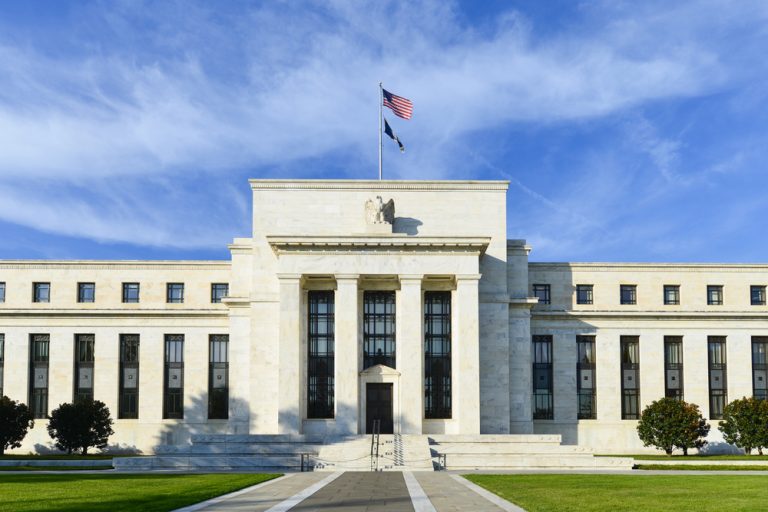Wall Street gains as Fed eases leverage rules to boost Treasury market
America’s biggest banks could unlock as much as $6 trillion in balance sheet capacity under a new Federal Reserve proposal to ease capital rules. The plan, aimed at boosting liquidity in U.S. Treasury markets, marks a significant shift in bank regulation under the leadership of Fed Vice Chair for Supervision Michelle Bowman.
On Wednesday, the Fed voted 5-2 to approve a revamp of the “enhanced supplementary leverage ratio” (eSLR), which currently requires banks to hold capital against all assets equally — even those considered low-risk like U.S. Treasuries. The proposal would tailor capital requirements based on a bank’s systemic importance, a move that analysts say could free billions in capital and reignite bank participation in key funding markets.
Wall Street reacts positively
The financial sector rallied on the news. Shares of JPMorgan Chase rose 1.3%, Goldman Sachs 1.6%, Morgan Stanley 1.2%, Bank of America 1%, and Citigroup 1.5%. The S&P 500 Banks Index climbed 1.4%.
Brokerages quickly issued optimistic forecasts. Goldman Sachs estimates the new rules could unlock up to $5.5 trillion in balance sheet capacity. Morgan Stanley analysts projected $185 billion in freed capital for banks under its coverage, while Barclays said the reform should encourage banks to expand holdings in low-risk assets if returns justify it.
Boosting liquidity in Treasury markets
The current leverage rule has long been criticized for treating safe assets like Treasuries the same as riskier holdings, discouraging banks from playing a larger role in government debt markets. With federal borrowing expanding and Treasury issuance rising, Fed officials said the changes were necessary to ensure smooth market functioning.
“The Fed’s proposal to calibrate eSLR should give the banking system meaningful capacity to expand its balance sheet in low-risk assets,” Barclays analysts noted. The shift could lower short-term funding costs and increase availability of secured financing.
Deregulation momentum building
This proposal is likely the first in a broader deregulatory push. “SLR reform is the first of many capital proposals we expect over Michelle Bowman’s tenure,” wrote Morgan Stanley in a client note. Bowman has signaled interest in reevaluating several post-crisis regulations, potentially including global systemically important bank (G-SIB) surcharges and asset thresholds.


